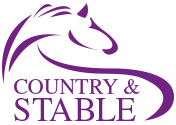What Clip is Best for My Horse?
Nov 25th 2024

Different Types of Clips: Which is Best for Your Horse
Why Do We Clip Horses?
As the seasons change, horses naturally grow thick winter coats to stay warm and insulated during colder months. While essential for wild horses, this dense coat can pose challenges for domesticated horses that are exercised regularly. A thick coat can cause overheating during work, and moisture trapped in the hair increases the risk of chills, potentially leading to health issues like colic. Additionally, excessive sweating can contribute to weight loss, which may be problematic if you are trying to maintain your horse's condition. In such cases,clipping can help regulate your horse’s body temperature.
However, clipping isn’t a one-size-fits-all solution. Every horse is unique, and their individual needs, workload, and living conditions should guide your decision. After all, you know your horse best!
Why Clipping Can be Beneficial for Horses:
- Reduces sweating and overheating: This is the most common reason owners choose to clip their horse. It also allows your horse to dry off more quickly after exercise and can reduces the risk of tack rubbing when the horse has a thick coat.
- Health benefits: As an example, clipping is recommended for horses with Cushing's disease (PPID) because they cannot naturally shed their coat. Additionally, horses suffering from mud fever or leg sores can also benefit from clipped legs, as it prevents mud sticking to the legs and makes applying medication easier.
- Ease of grooming and aesthetic appeal: A clipped horse is easier to groom after being in a muddy field, especially if they typically have feathers. For equestrians with busy schedules, a clipped coat saves time in winter when daylight hours are limited and you want to sneak a hack in before it gets dark! Clipping can also enhance your horse’s appearance for shows or competitions while keeping them cleaner and easier to prepare.
Should I Clip My Horse?
Whether you clip your horse will depend on your horse’s circumstances. If they are in heavy work and regularly sweat, clipping may be advisable. In contrast, older horses in light work or retirement may benefit from keeping their natural winter coat for insulation during colder months.
Which Clip is Right for Your Horse
There are several factors to consider when deciding which clip is best for your horse, including their workload, age, health, and living environment. The purple on the images below indicate the areas of the horse's body where the hair is removed.
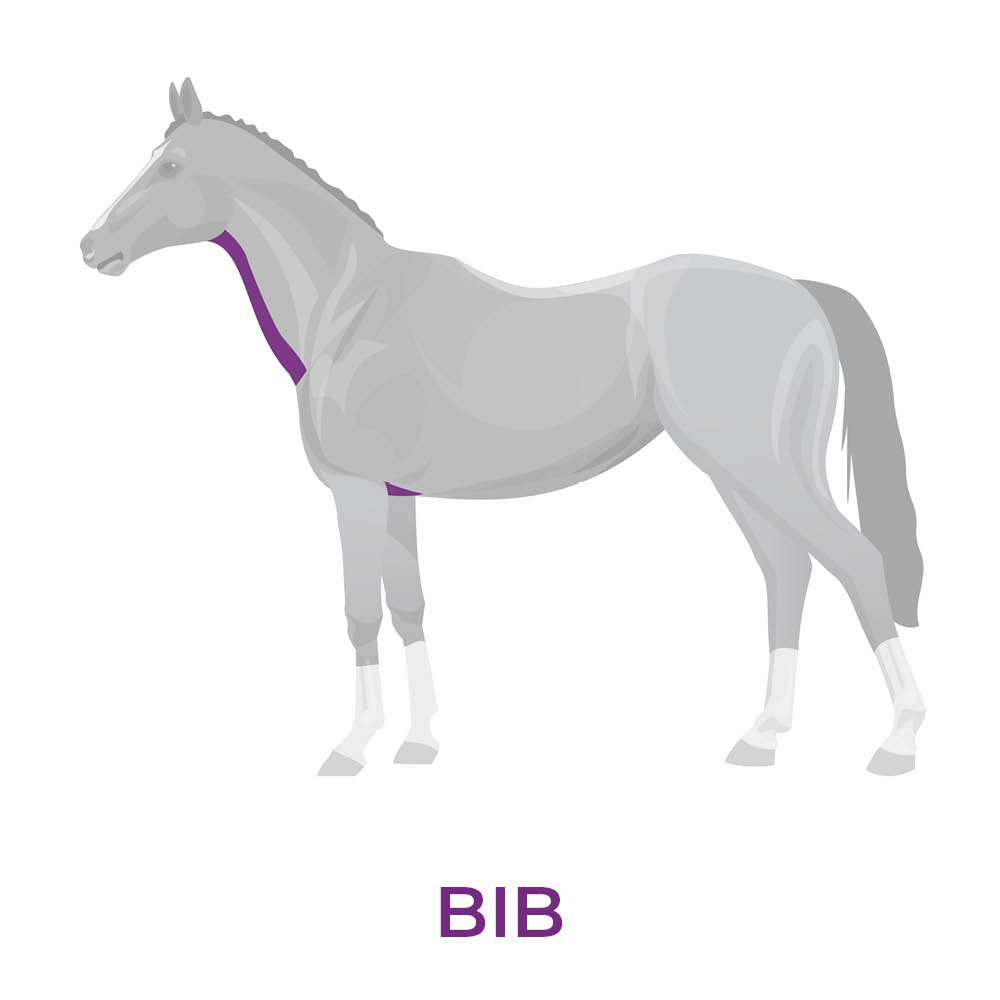
Bib Clip: Ideal for horses that mostly live out and are in light work, this basic clip removes hair from the lower neck and chest area.
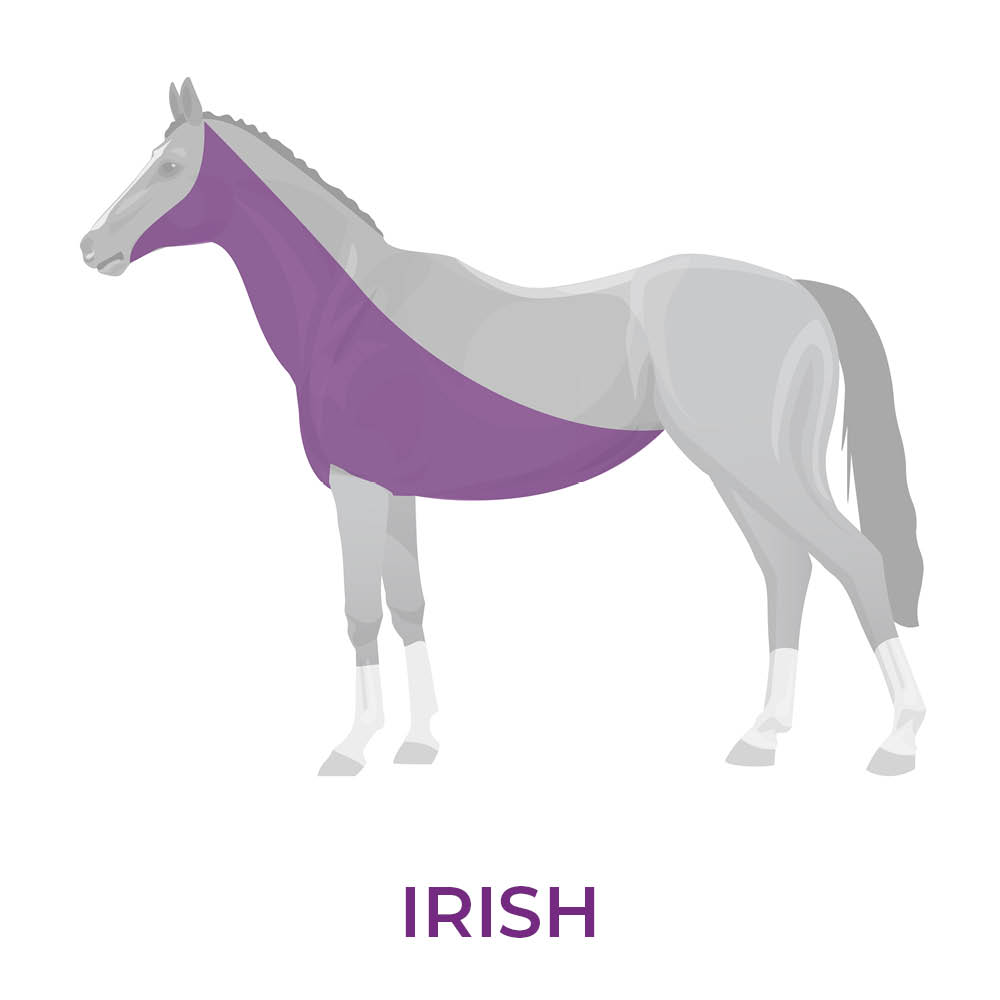
Irish Clip: The Irish clip is designed to remove hair from areas where horses sweat most while leaving much of their coat intact for warmth. This clip is suitable for horses in light to medium work. The coat is removed in a diagonal line from stifle to ear with everything under the belly removed. With this style of clip, you can either clip the coat off the whole head or just remove half.
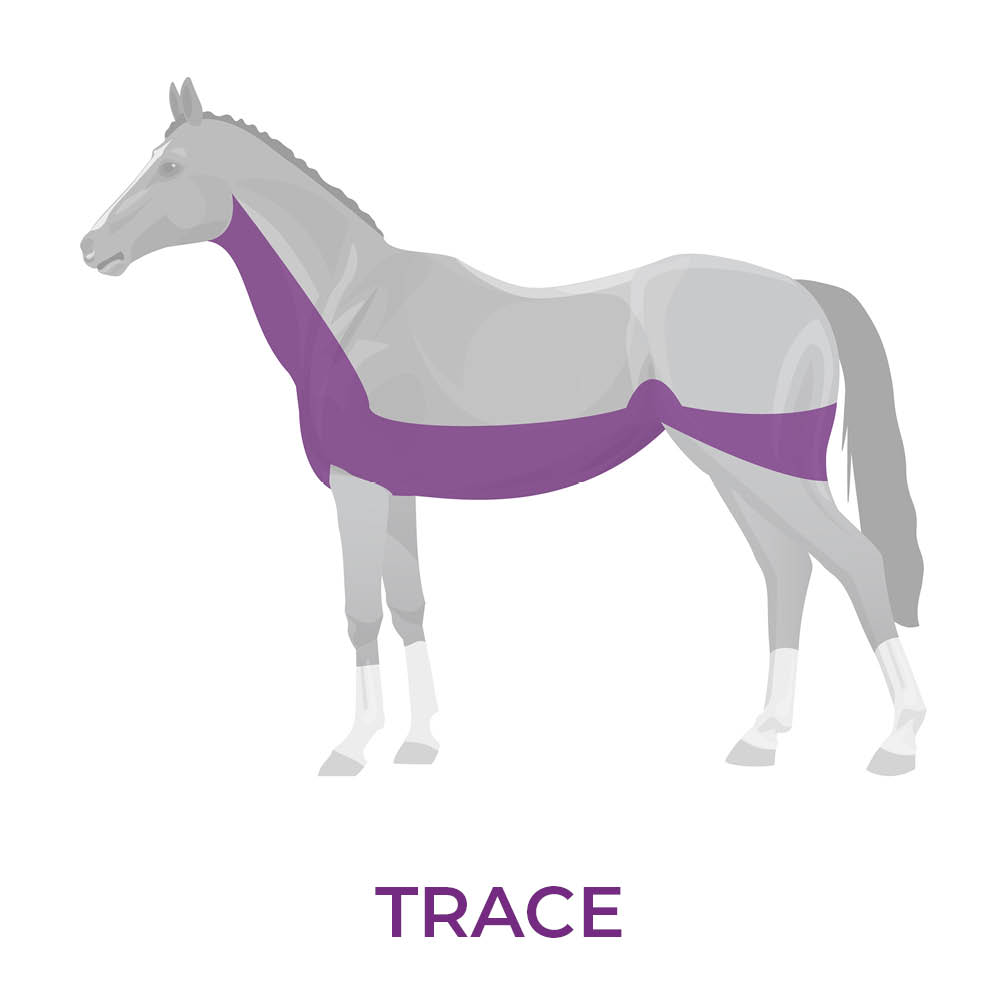
Trace Clip: The trace clip removes slightly more hair and is suitable for horses in moderate work. It involves clipping the underside of the neck to the throat, shoulders, belly, and parts of the hindquarters. The head should be left on with this style of clip. The chaser clip, or high trace, is the same as the trace only with more hair removed. The hair is shaved further up the belly and the neckline to the ear, usually with the whole head clipped – this may be a better option for horses in heavier work. Horses with this clip will need rugging to compensate for the loss of insulation.
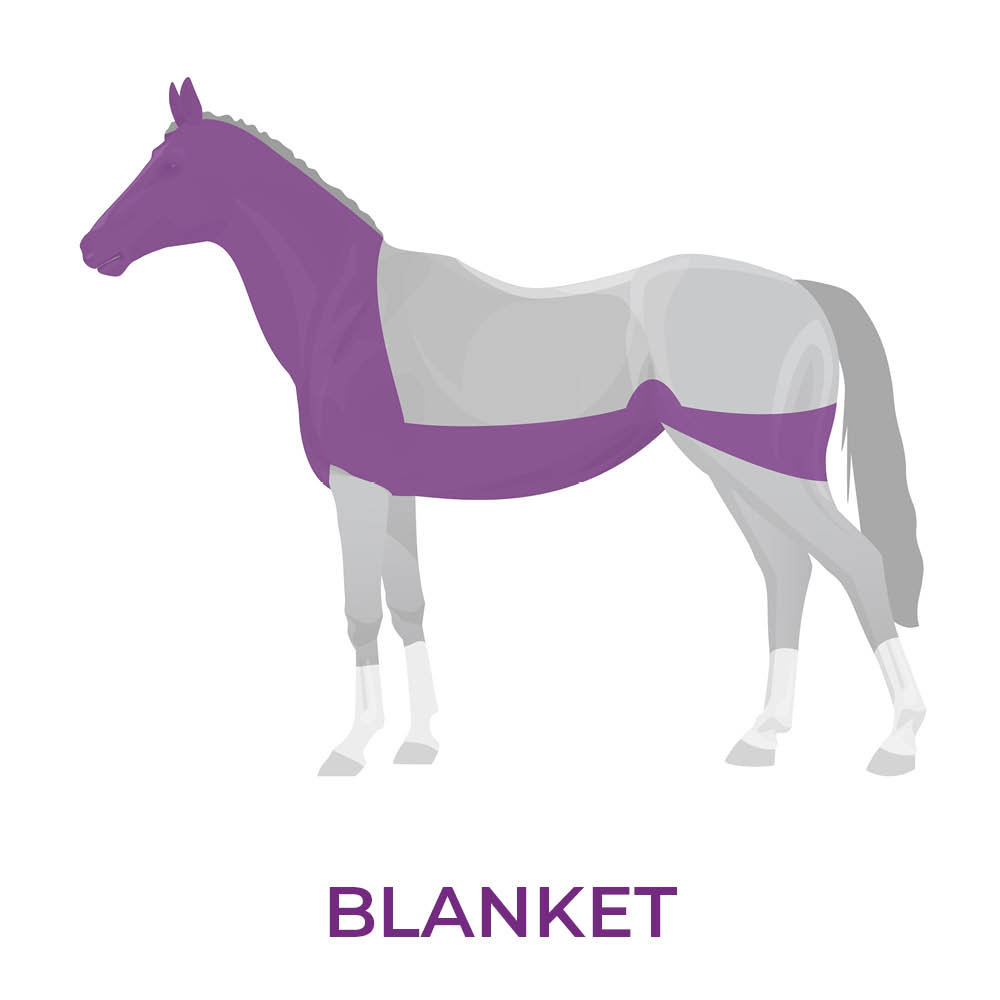
Blanket Clip: Suitable for horses in medium to heavy work, the blanket clip removes most of the hair from areas that sweat, this includes the whole neck, while leaving some coat on the saddle area, rump, and hindquarters. The legs are left unclipped, and you can choose to clip either the whole head or just part of it.
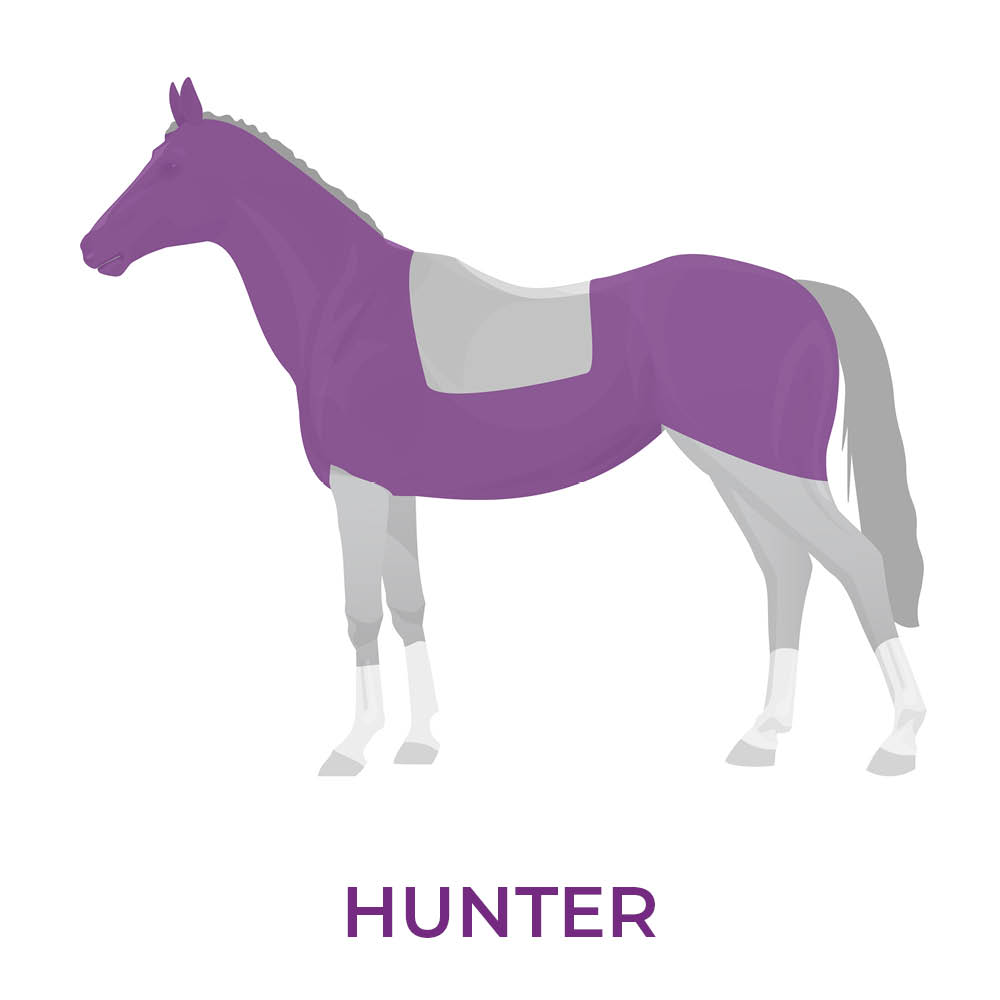
Hunter Clip: This clip is designed for horses in intense work. It removes most of the coat but leaves a saddle patch and the legs untouched. Depending on your horse’s willingness you can either shave half the head or the whole head. It’s important to note when you clip and remove hair on your horse’s full head and ears, they need to be comfortable with clippers and this should be introduced slowly to avoid distress. Horses with this clip will need rugging appropriately when temperatures drop.
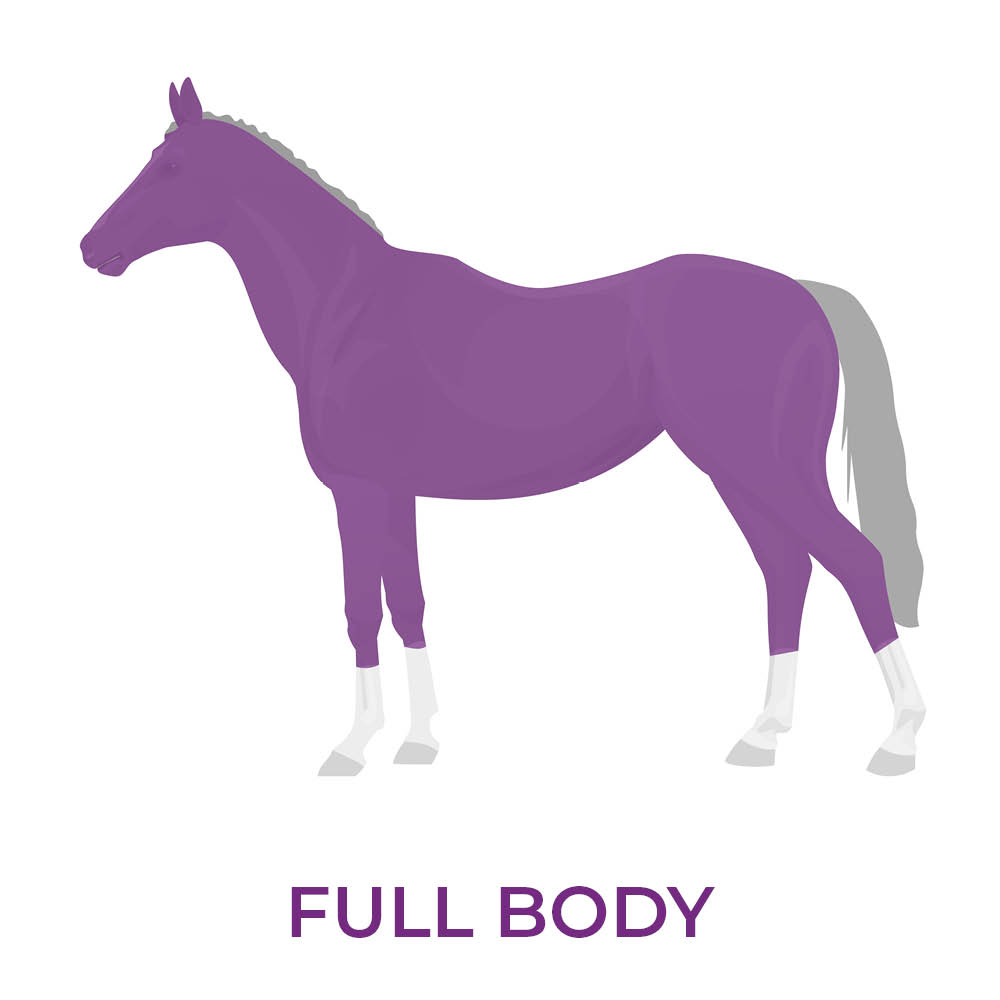
Full Body Clip: This clip removes the entire coat, including the hair on the body, legs, face, and ears. It is ideal for horses in very heavy work. Since it removes all natural insulation, rugging and shelter are essential during colder months.
3 Ways to Make Clipping Easier:
- Wash your horse: Clean your horse the day before clipping to remove dirt and grime that could clog the clippers.Using a pre-clip shampoo will help remove grease from the coat.
- Prepare your equipment: Invest in a good set of clippers and ensure they are fully charged if cordless. Consider wearing an overall and scarf/snood to prevent hairs from getting stuck in your clothing as it is very itchy!
- Seek professional help: If you are nervous or inexperienced, ask a professional groom or an experienced friend for help. Don’t forget to offer them a cuppa - clipping can be a tedious task that many equestrians dread!
Clipping a Nervous Horse
If your horse is young or nervous around clippers, it is essential to prioritise their welfare and safety. Introduce clippers gradually, desensitising your horse where possible. For highly reactive horses, calming supplements such as Premier Performance Calming Cookies may help. In extreme cases, consult your vet about using a sedative.
When Should I Clip My Horse and How Often?
In the UK, horses start growing their winter coats around September or October as daylight hours shorten and melatonin production increases. Owners typically begin clipping during these months, depending on their horse's workload. Clipping frequency varies based on hair regrowth, but most horses need to be clipped every three to five weeks to maintain a shorter coat.
Should I Clip My Horse in the Summer?
Clipping your horse in the summer is a personal decision and depends on the individual horse's needs. Thicker-coated or heavier breeds, horses with Cushing’s disease, or those that tend to overheat may benefit from a summer clip. For those that choose to clip throughout the summer, a Covercote blade may be a good option to leave a longer more natural finish, particularly on hairier breeds like cobs. However, for most horses, their last clip of the winter is around January or early February before they start shedding, as this allows the summer coat to come through naturally without interfering with new hair growth.
Best Horse Clippers for Body Clipping
We proudly stock a wide range of high-quality horse clippers and trimmers to suit every need, whether you're clipping a horse's face or tackling a full body clip. Our selection includes lightweight cordless clippers for precision work, as well as heavy-duty options designed for more demanding tasks like body clipping large horses or those with thick winter coats.
To keep your clippers running smoothly, we also offer replacement clipper blades and clipper oil to ensure optimal performance and longevity. Whether you're an experienced equestrian or novice, you'll find everything you need to make the process easier and more efficient.
The Lister Star Clipper promo Bundle is the ideal set for horse owners or professional grooms. The bundle includesall the essentials:
- Star Clipper
- Filter, Clipper Oil
- Clipper Cleaning Brush
- A2F/AC Fine Blade
- Dirty Beastie 500ml Shampoo
- Easy Groom 500ml Conditioner
- Holdall Bag
- Hoof Pick
- Combo Body Brush
- Rubber Curry Brush
- Face Brush
